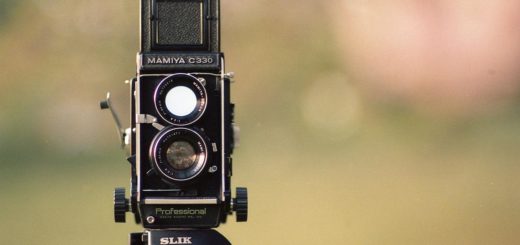Digital vs Film Photography
Digital cameras are indeed amazing and an almost effortless tool for photography. With one memory card you can shoot any angle, any time, thousands of times. Of these thousands of images taken, of which the majority would be suitable, only a very small percentage of the images are processed and printed. And yet, where is the work put forth? Masters-of-photography have studied and learned, much through trial and error, the photography film medium – film speed and grain, response curves, and tonal range. The speed at which digital photography is taken leaves the potential for less thought in each image.
The film camera, whether the time and cost of film or otherwise, involves much more thought to ensure that every image has the correct film exposure, composition, and lighting. A proper guide to photography and techniques is most definitely needed to understand the work that goes into making a camera work – whether it’s a 35mm, medium format, or large format camera. After all, you may not have the chance to go back with photo film to try and take the photo again. The result, however somewhat inconsistent, is a high percentage of used and printed images – especially when compared to digital. And as many film photographers will argue, the strangest occurrences can become the greatest mistakes on film and result in a more invoking image.
Cost of Film Photography Compared to Digital
Another point to consider is the cost of film photography. While many argue that film and development can be expensive – compare that to the even higher cost of technology upgrades. The end result for a few thousand dollars? Higher resolution, less grain, and a slightly smoother image than last year’s model. And yet, how many digital cameras, after two or three years are still considered “good” cameras. Film cameras, on the other hand, are known to last for decades. It is not hard to find film-based photographers using cameras and lenses that were made before the 1970s. With only a few minor tune-ups, the cameras are fully functioning and work just as well as the day they were made. And don’t forget those old film cameras that have been dropped and bruised over the years and still hold up. If you drop your digital camera – it’s likely that you’ll be buying a new one shortly.
Weighing the Benefits of Photography Film vs Digital
No doubt, the benefits of digital photography and cameras are tremendous. With an ability to shoot thousands of photos without the expensive need for film, preview buttons to be sure the desired shot was taken, and no need to spend hours processing film, scanning, or printing in a darkroom. However, there is still much to be said for film. If you are not patient and want instant satisfaction, film photography is not for you. But if you love the anticipation of developing a roll of film to see the results, watching a photograph develop on paper in front of your eyes, and the satisfaction of knowing what you created without the simplistic and robotic motions of a computer, then film photography is perfect for you. Read on to discover more film photography tips and techniques in this guide to photography.


















